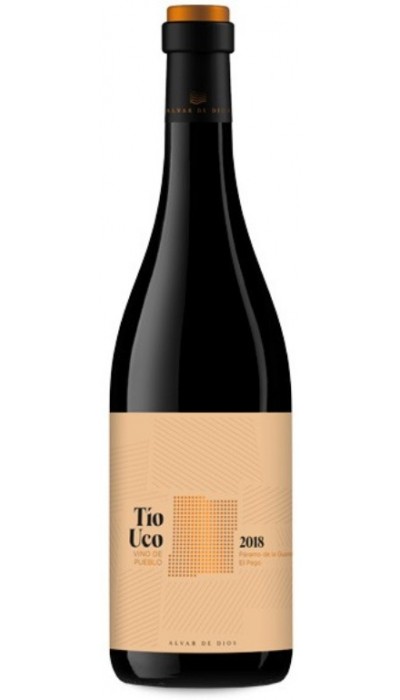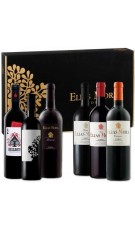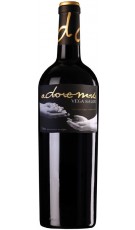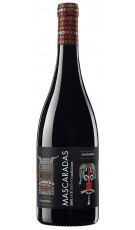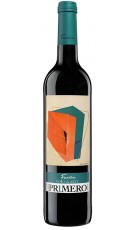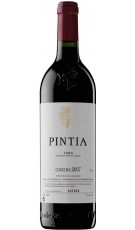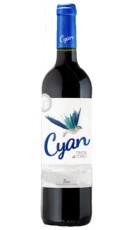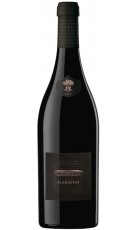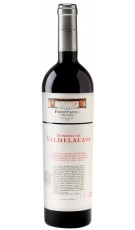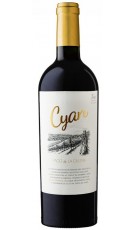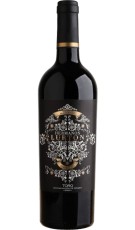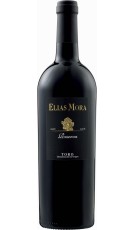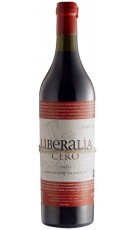Tío Uco 2023
Town wine from El Pego. Mixture of three plots of which one is a 35-year-old "young" vineyard and the other 2 old 93 and 89-year-old vines.
Prices VAT included
| Color and Appearance: | Real cherry red. |
| Nose / Aroma: | Very aromatic both the aromas of red fruits, dairy and liquorice characteristic of Tinta de Toro, the hints of chocolate and dried fruits that the wood gives it. |
| Mouth / Flavors: | In the mouth, round, tasty and a pleasant sweet touch. |
| Kind of wine: | Red Wine |
| Grape Varieties: | 100% Tinta de Toro |
| Vintage: | 2023 |
| Ageing: | It ferments with stems for 15 days in stainless steel tanks and then passes into wooden foudres for 6-8 months. |
| Alcohol: | 14% vol |
| Grape harvest: | Manual en cajas de 20 kg, durante la segunda quincena de septiembre. Selección rigurosa de fruto que estén en óptimas condiciones sanitarias y de maduración, tanto en el viñedo como posteriormente en bodega, en la mesa de selección. |
| Viticulture: | Town wine from El Pego. Mixture of three plots of which one is a 35-year-old "young" vineyard and the other 2 old 93 and 89-year-old vines. |
ÁLVAR DE DIOS

ÁLVAR DE DIOS
Affection and respect for the land, commitment to nature and reunion with tradition are the keys that guide Álvar de Dios Hernández's winemaking career since, in 2008, he began to manage a century-old vineyard owned by his grandfather Donaciano, built on Quaternary sands. in El Pego (Zamora), in the Toro Denomination of Origin.
From there came the red Aciano, which a year later should have a white companion, Vagüera, arising from a small and historic hawthorn from El Maderal (Zamora), El Rapadal estate, which preserves more than twelve native varieties of white grape. With the same brand, but from another estate, Las Mansas, a white malvasia was born a year later.
In 2014, Álvar de Dios gave shape and body to his own winery and, in 2015, he extended his radius of action to one of the most unknown and powerful areas of the wine map: Arribes del Duero.
From tiny and centuries-old vines, many of them on terraces and cliffs above the river, on soils of white slate and pyrite, wines emerged that capture the flavor and ancestral culture of that borderland and mysterious land: Camino de los Arrieros, Las Vidres and Yavallo.
- Working in ecological and biodynamic our plots we seek to achieve maximum respect for our environment, and in this way to be able to contribute to the recovery and conservation of native flora and fauna.
- TRADITION. Follow in the footsteps of our predecessors both for their affection for the environment that surrounds us and for their way of interpreting and maintaining the habits and cultures of a territory.
- TERRITORY. One of the great objectives is to achieve wines that are capable of transmitting the peculiarities of the place where they are born, without makeup or artifice, with mistakes and successes, that bear the identity of their origin.
- LOCAL. Nothing is understood without its people and this project has the illusion of creating ties with other artisans, micro-businesses, neighbors… .to achieve an identity of the area, grow and thus avoid rural depopulation.
Featured products

(+34) 91 129 11 11
(+34) 638 458 218
- Brandy
- Cognac
- Gin Premium
- Ron
- Whisky
- Denomination of Origin
- Winery


















